A Time to dream. Andalusia trough the eyes of Fortuny
On 9th July 1870 the Fortuny-Madrazo family celebrated their arrival in Granada by performing the time-honoured rite of passage of visiting the city’s most emblematic monument: the Palace of the Alhambra.
From that day onwards the painter embarked on a love affair with one of the remotest places in Europe and one of the furthest away from the great capitals of the art world. For two long, intense years, Mariano Fortuny (1838-1874) threw himself into an emotional relationship with a landscape with which he soon felt strongly identified and in which he lived out one of the happiest periods of his short life. The decision to move to Granada, distancing himself from the places in which he had earned a great reputation as an artist, confirmed that he was going through a period of crisis and dissatisfaction caused by a business relationship in which he felt trapped and from which he needed to escape.
Fortuny arrived in Andalusia wearing the triumphal halo of an artist who had achieved great recognition just a few months earlier after presenting at the Galerie Goupil in Paris one of the pictures that most helped catapult him to the pinnacle of European painting. The presentation of “The Spanish Wedding” (La Vicaría) was the culmination of a particular model of painting that had earned him great success and satisfaction and unparalleled public acclaim.
However in spite of its many excellent qualities, the picture was one more in an increasingly repetitive line of paintings that seemed likely to condemn Fortuny to repeat these stereotyped finely-detailed realist formulas, which while offering him a guaranteed recipe for success forced him to remain within the confines of an artistic straitjacket that would have been difficult to remove.
In this sense, Fortuny’s personal situation was a reflection of the eternal dilemma between wishes and reality. In Granada he found the right atmosphere in which to break out of the dichotomy in which he felt trapped, in a setting and a context that enabled him to restart his creative career, and that fulfilled the symbolic function of an initiation ceremony.
Proof of this fertile relationship came in the form of an increase in his already impressive capacity for work. Over the next two years his artistic output increased exponentially and, more importantly, this increased fertility was enhanced by the fact that the works it spawned were of enormous artistic beauty. The paintings he produced were magnificent achievements that contributed to his professional development, allowing Fortuny to seize the opportunity offered by this wonderful setting to change the direction of his career and let loose all his creative impulses. During this time, Fortuny produced some of his most emblematic works, those which with the passing of time have become some of his most iconic paintings. These include works of great importance such as The Slaying of the Abencerrages, Tribunal of the Alhambra, Carmen Bastián, Landscape of Granada, Picnic in the Alhambra or Arab Musicians, to mention just a few of the paintings that made his time in Granada one of the most significant in his career.
During this time he also continued to demonstrate his love of drawing, a medium in which he felt particularly at ease and in which he achieved wonderful results. His pen drawings offer us a glimpse of the scaffolding behind his creative process and a more detailed view of some of the most representative episodes of this period. More than just a complement or an instrumental resource, the force of these preparatory etchings, drafts, sketches and drawings helps us to appreciate the talent and versatility of the artist, a man who could master the different modes of artistic composition with the same skill and virtuosity. This magnificent set of drawings also demonstrates the desire of the artist (from Reus in Catalonia) to recreate the most unlikely corners of a Granada that appears as a maze of streets, alleys and squares, in which Fortuny found the peace and happiness he needed to reinvent himself as a creator, and at the same time pay one of the greatest tributes that an artist can pay to a fascinating city in which he lived a time of dreams.
Francesc Quilez
- Place
Temporary Exhibition Room at the Granada Fine Arts Museum.
Palace of Charles V.
Alhambra and Generalife Group of Monuments.
- Times /Dates (inauguration and close)
From 23 November 2016 to 26 March 2017
From Monday to Sunday from 10:00 to 18:00
ADMISSION FREE
- Free Guided Visits
Sundays at 11:00
Group of NO MORE THAN 15 people
- INFORMATION AND BOOKINGS:
Corral de Carbón
958 575 126
alhambraeduca.pag@juntadeandalucia.es
- Organized by
COUNCIL OF THE ALHAMBRA AND GENERALIFE
OBRA SOCIAL “LA CAIXA”
MNAC – Catalonia National Art Museum
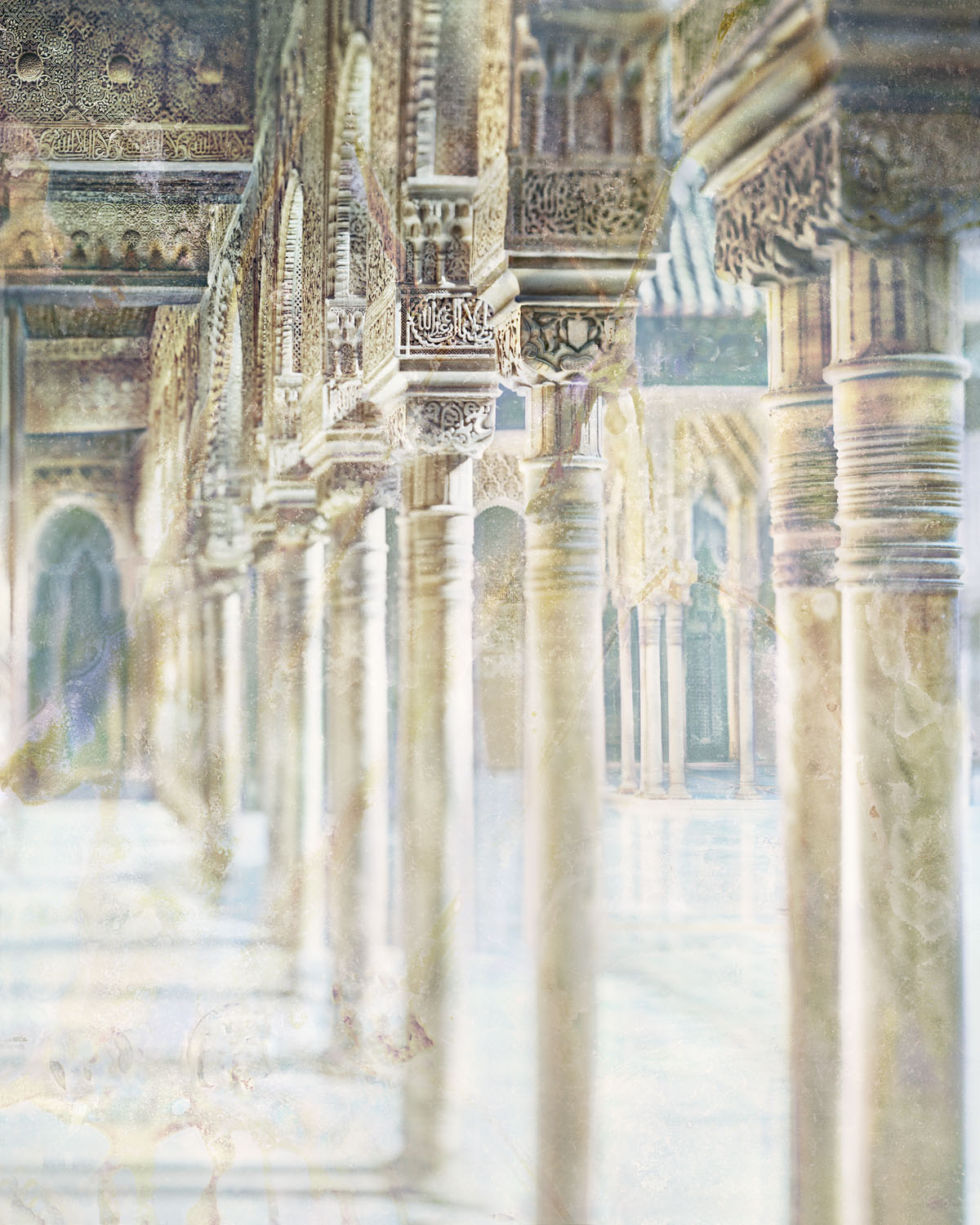
La Alhambra, a look from Fernando Manso
MORE INFORMATION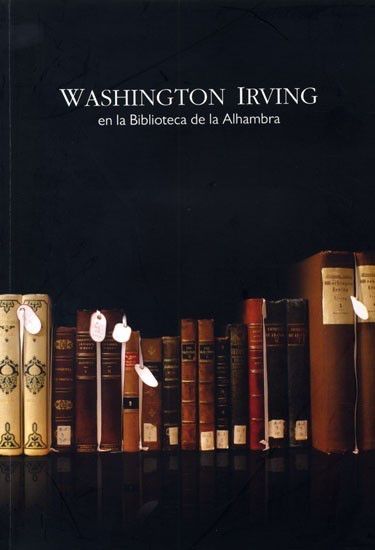
WASHINGTON IRVING AND THE ALHAMBRA
MORE INFORMATION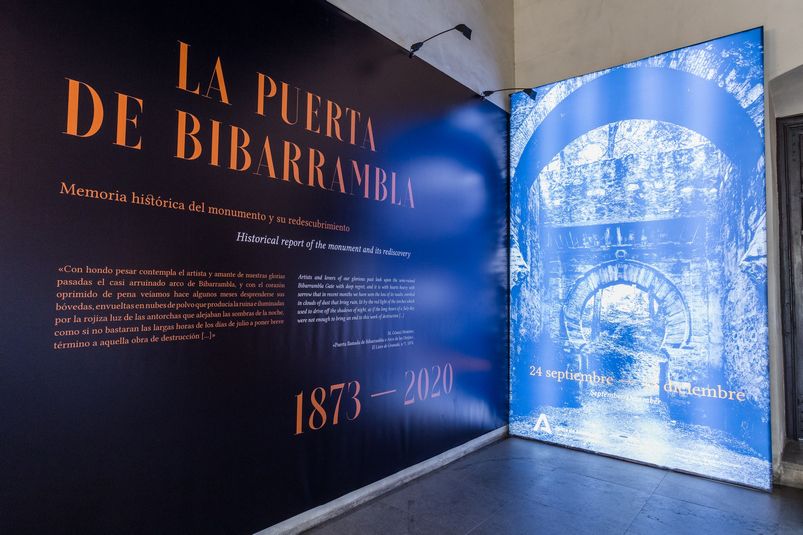
THE GATE OF BIBARRAMBLA. Historical report of the monument and its rediscovery
MORE INFORMATIONTHE EMPEROR´S CHAMBERS
MORE INFORMATION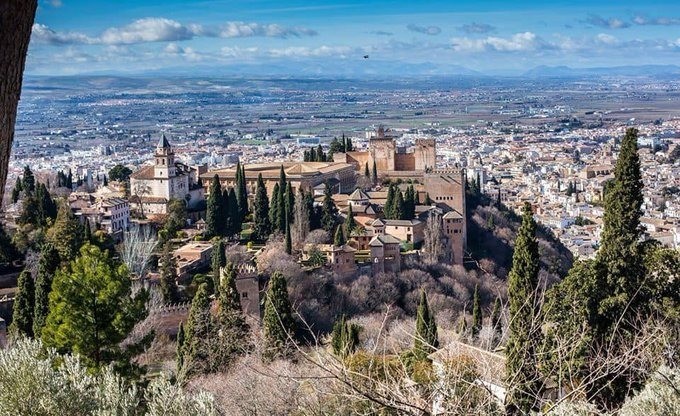
The Council of Alhambra and Generalife will refund automatically the full amount of the bookings
MORE INFORMATION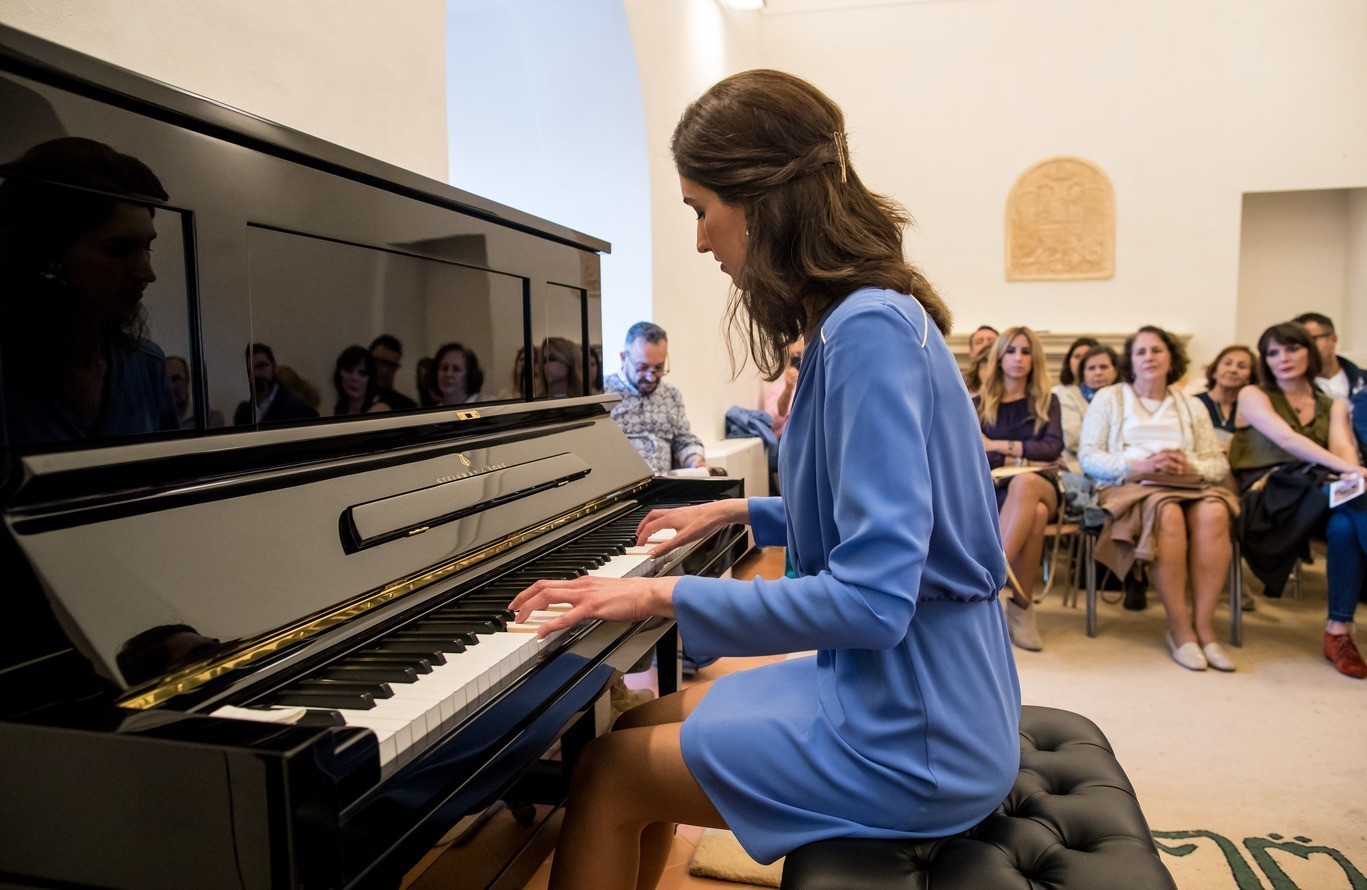





 Contact
Contact















